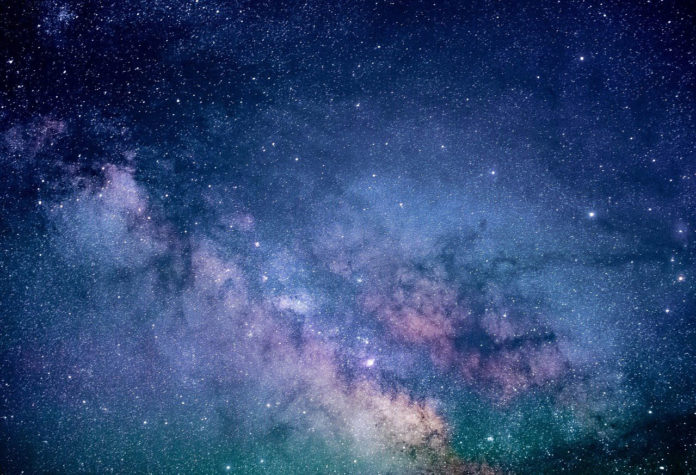The Universe has been expanding since the Big Bang occurred 13.8 billion years ago. Determining the expansion history of our Universe is paramount to resolving its energetic composition or testing key ingredients of standard cosmology, such as the validity of General Relativity on large scales and the cosmic principle.
The Hubble constant is a unit that portrays how quickly the Universe is expanding at various distances from a specific point in space.
Currently, there are two different measurements available for Hubble constant. However, both yield different results.
Leiden physicist David Harvey adapted an independent third measurement method using the light warping properties of galaxies predicted by Einstein.
Albert Einstein’s theory of general relativity predicts that a mass concentration, such as a galaxy, can bend the path of light, much like a lens does. When a galaxy is in front of a bright light source, the light is turned around it and can reach Earth via different routes, providing two, sometimes even four, images of the same source.
HoliCOW
In 1964, the Norwegian astrophysicist Sjur Refsdal discovered that one route is longer than the other when the lensing galaxy is a bit off-center. It signifies that the light takes longer by that path.
So when there is a variation of the quasar’s brightness, this blip will be visible in one image before the other. The difference could be days, or even weeks or months.
This timing difference can be used to determine distances between the quasar and the lens. And comparing these with the redshift of the quasars can give you a measurement of the Hubble constant.
Under the HoliCOW project, an examination group used six of these lenses to narrow down the Hubble constant to around 73. In any case, there is a complication: apart from the distance difference, the mass of the foreground galaxy also exerts a delaying impact, contingent upon the exact mass distribution.
“You need to model that distribution, yet a ton of questions remains says, Harvey. “Uncertainly, limit the accuracy of this technique.”
Modeling these foreground galaxies individually is impossible computationally. Thus, Harvey designed a method to calculate the average effect of a full distribution of up to 1,000 lenses.
Harvey said, “In that case, individual quirks of the gravitational lenses are not that important, and you don’t have to do simulations for all the lenses. You have to make sure that you model the entire population.”
“In the paper, I show that with this approach, the error in the Hubble constant thresholds at 2% when you approach thousands of quasars.”
“This error margin will allow a meaningful comparison between the several Hubble constant candidates and help understand the discrepancy. And if you want to go below 2%, you have to improve your model by doing better simulations. I guess that this would be possible.”
Journal Reference:
- David Harvey, A 4 percent measurement of H0 using the cumulative distribution of strong lensing time delays in doubly imaged quasars. Monthly Notices of the Royal Astronomical Society (2020). DOI: 10.1093/mnras/staa2522
